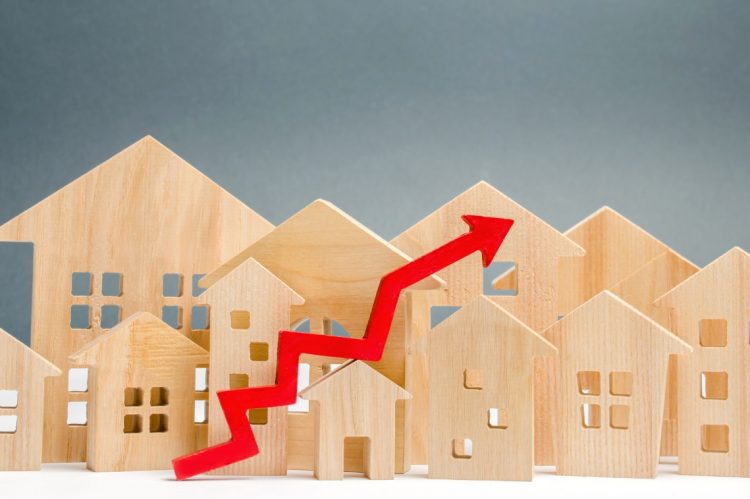Multifamily rents increased for the second month in a row in April, rising $5 to $1,709, according to a new report from Yardi Matrix. Rents previously rose $3 (to $1,706) in March, after a 5 month pause in growth.
Yardi Matrix’s National Multifamily Report for April found that year-over-year growth fell to 3.2%, down 80 basis points from March. Rent growth is broadly positive nationally, but high-demand Sun Belt metros are struggling with reduced affordability, while primary metros have less inventory growth. In addition, The national occupancy rate was unchanged at 95.0% in March, demonstrating that demand continues.
As for the single-family rental market, rental rates hit a new all-time high of $2,089 in April, but YoY rates once again decelerated, dropping 60 basis points to 2.3%. Occupancy rates decreased to 95.5%, but are stabilized compared to the 97% peak in 2021.
Key highlights:
- Raleigh (0.9%) led monthly gains in asking rents, followed by the Northeast and Midwest metros of New York (0.9%), Boston (0.9%), Kansas City (0.8%), Philadelphia (0.8%) and Chicago (0.7%).
- Rent growth YoY was led by metros in the Midwest and Northeast: Indianapolis (7.7%), Kansas City (6.4%), New York (6.2%), Boston (5.2%) and Chicago (5.0%).
- Rents increased 0.3% month-over-month in the Renter-by-Necessity segment and 0.2% in the luxury Lifestyle segment.
- Twenty-two of the top 30 Matrix metros recorded gains in RBN rents, while 20 saw increases in Lifestyle rents.
- A bifurcation between Lifestyle and RBN rent growth is developing, particularly in West and Southwest metros. Examples include Sacramento (0.2% RBN, -0.1% Lifestyle), Dallas (0.2% RBN, -0.4% Lifestyle), Seattle (0.2 RBN, -0.5% Lifestyle) and Las Vegas (0.6% RBN, -0.6% Lifestyle).
- Renewal rent growth nationally was unchanged in February, remaining high at 9.4% YoY.
- National lease renewal rates were 64% in February, down 30 basis points from 65.2% in January. Renewal rates peaked at 66.6% in October 2022, and have gradually come down.
- Markets with the highest renewal rates include Philadelphia (79.1%), Miami (70.2%) and Kansas City (69.1%).
- On a YoY basis, occupancy rates fell by 100 basis points, with the biggest declines in Las Vegas (-1.8 percentage points) and Tampa (-1.7). New York was the only metro without a decline in occupancy compared to last year, maintaining 97.9% occupancy.
Major takeaway:
“Solid demand has kept multifamily rents rising in 2023, but at a slower rate than previous years. Early indications at the start of the spring confirm our forecast for moderate rent growth in 2023,” said the author of the report,” said the author of the report.
“Demand is boosted by the tight job market and strong consumer balance sheets, although the question is how much longer those conditions will persist. First quarter GDP growth was 1.1%, as consumer spending outweighed waning business inventories,” continued the author. “However, economic growth is likely to ebb in coming quarters due to factors including a slowdown in housing sales and construction from higher interest rates, dwindling post-pandemic consumer savings, a squeeze on credit as banks try to de-risk loan portfolios and the reduction of the Federal Reserve’s balance sheet.”
For the full report, click here.












